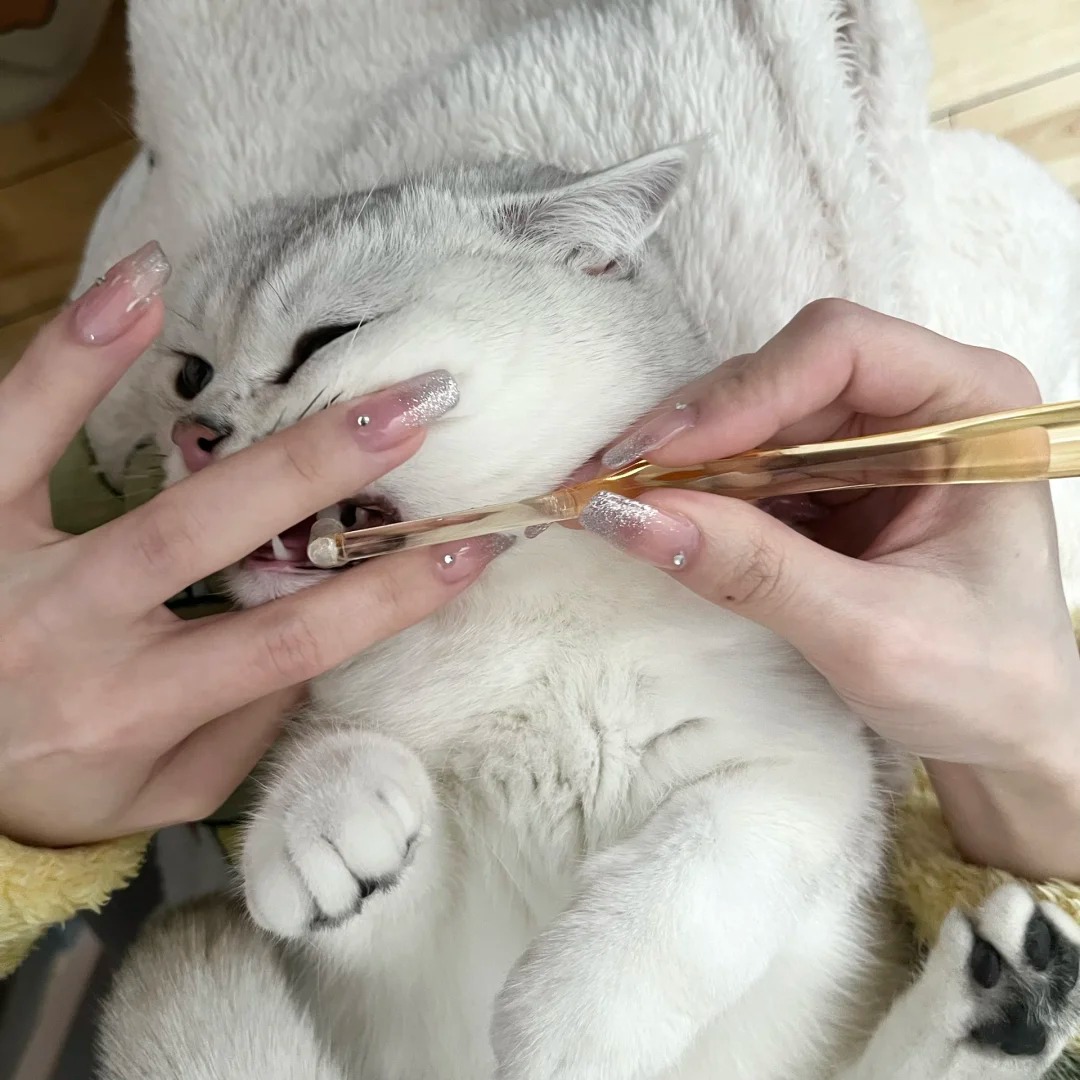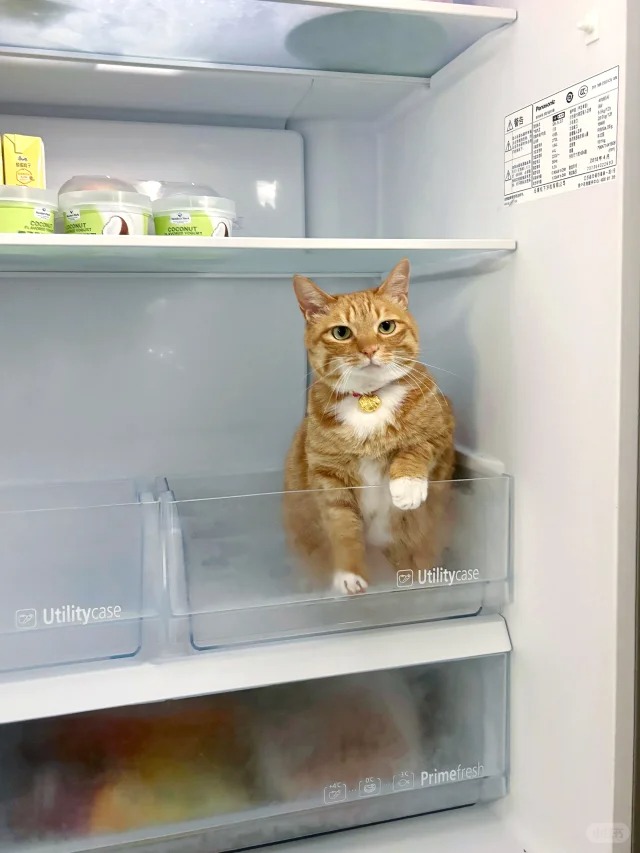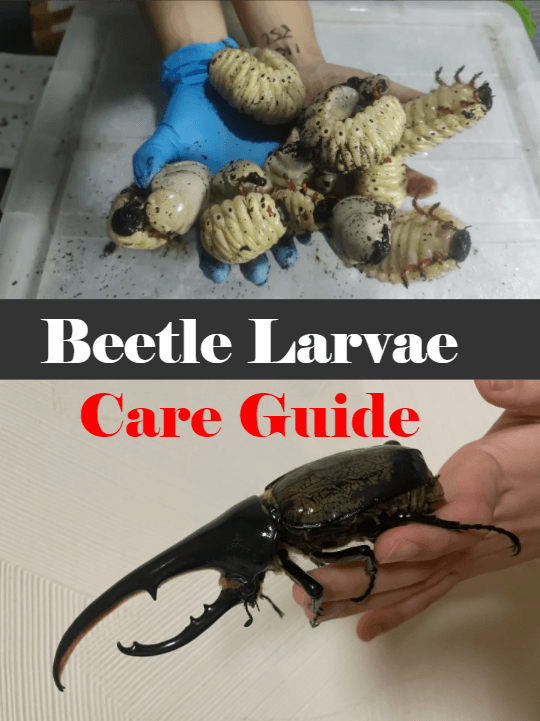Summer is here! Good ways to help cats stay cool! 🐱☀️
**How Do Cats Cool Themselves? Can We Do Anything to Help?**
What are some affordable and effective items to help cats stay cool?
**I. How Cats Cool Themselves**
Before diving in, it's useful to understand how cats regulate their body temperature.
When the surrounding temperature rises, or if they're excited, stressed, or exercising, a cat's body sends signals to the brain that their body temperature is too high. The brain then takes measures to release the excess heat.
Cats primarily cool themselves through sweating, grooming, and staying in cool places.
**(1) Sweating**
Sweating helps regulate body temperature.
Unlike humans, whose bodies are covered in sweat glands, cats have very few sweat glands located in specific hairless areas like their paw pads, nose, lips, and around the anus.
So, during a hot summer, you might notice your cat's paw pads are often damp, sometimes leaving a trail of wet footprints.
If your cat has long fur between their toes, you might consider trimming it in the summer to help with cooling.
Shaving their whole body is unnecessary.
Since cats lack sweat glands on most of their body, shaving them won't effectively cool them down and can even increase the risk of sunburn.
**(2) Heat Transfer**
Due to the limited effectiveness of sweating for cats, they primarily rely on heat transfer to regulate their body temperature (in simple terms: they stay where it's cool). In summer, cats love lying on cool floors because the floor can absorb some of their body heat and help them stay cool.
**(3) Grooming**
Yes, grooming also helps cats regulate their body temperature.
A cat's tongue is covered with papillae, which we often refer to as "backward hooks." The tips of these papillae have tiny cavities that can hold saliva. Cats use this to spread saliva onto their fur.
Because these papillae are long, when a cat grooms, it not only wets the surface fur but also reaches the deeper layers.
As the saliva evaporates, it carries away excess body heat, thereby cooling the cat's skin.
**II. How to Help Cats Stay Cool**
Knowing how cats regulate their body temperature, we can take targeted measures to help them stay cool.
**(1) Air Conditioning is the Best**
As mentioned above, cats' sweat glands are not well-developed, so heat transfer is more effective for cooling. Therefore, using air conditioning to keep your home cool is the best way to help your cat stay cool. However, if no one is home, leaving it on all day might not be safe, and the electricity bill can be quite high...
In this case, you can:
➤ Use sleep mode/energy-saving mode to save some electricity.
➤ Use smart sockets/AC companions. These are highly recommended as you can remotely control or schedule them while at the office, turning on the AC for an hour or two during the hottest part of the day.
➤ Use a remote-control camera. If you're worried about safety, you can monitor things while the AC is on.
**Tips:**
● It's best to set the AC to around 26°C (78.8°F) to avoid a large temperature difference.
● Do not let your cat sit directly in the AC's airflow—use a shield in front of the AC unit.
● In regions with high humidity, use the dehumidifying function to make the environment comfortable.
● Make sure there are still rooms without air conditioning that your cat can access in case they want to move away from the cool air.
**(2) If Air Conditioning Is Not an Option, Fans Can Help**
Fans work by accelerating air flow to speed up the evaporation of sweat, which removes heat. This is less effective for cats, which have fewer sweat glands. Also, if the room is already hot, the fan will just blow around hot air. So, fans are not highly recommended. However, for those without AC or living in apartments where AC electricity costs are high, a fan can be an option.
When using a fan, you can place a basin of ice water in front of it to make the air cooler, or use a fan with ice packs.
**(3) Cooling Products Can Help**
➤ Store away the fluffy winter beds and switch to cooling mats or bamboo mats (make sure they're large enough for the cat to lie flat).
➤ Consider changing your bed/sofa to ice silk fabric or bamboo materials so that your cat will want to sleep with you during summer.
➤ Use aluminum pots, aluminum basins, or stainless steel bowls for cat beds, as these materials conduct heat well.
➤ Pet camping cots are also great, as their bottom is elevated and breathable, keeping it cool.
**III. Additional Precautions**
**(1) Ensure Good Ventilation**
If there's no air conditioning, always remember to open windows for ventilation (make sure the screens are secure) to ensure fresh air flow indoors.
Do not leave your cat in a tightly closed room or confined on a balcony/sunroom.
Some cats might voluntarily stay on the balcony during the hottest part of the day. It's best to move them indoors, especially from around 11 AM to 3 PM when the sun is strongest to prevent sunburn.
**(2) Avoid Direct Sunlight**
Remember to draw some curtains before leaving home, preferably those with good shading effects.
You can also install heat-insulating films on the windows to block heat and UV rays.
If living on the top floor, consider laying a heat-insulating membrane on the roof.
Also, make sure your cat has access to areas with limited sunlight and surfaces like tiles or marble.
**(3) Adjust Playtime with Your Cat**
If you prefer to play vigorously with your cat at noon, you'll need to adjust the timing to cooler hours, like early mornings or evenings.
If your cat is overly playful and doesn't seem to stop even when they are excessively panting, you'll need to intervene.
**(4) Take Precautions When Taking Your Cat Outside**
➤ Avoid going out if you don't have to. If it's necessary, like for a vet visit or vaccination, go early in the morning or late evening to avoid the midday heat.
➤ Never leave your pet in the car during summer as the temperature can reach 40-50°C (104-122°F).
➤ Avoid using non-breathable carriers. Instead, use a carrier with a cooling pack.
➤ If you need to ship your cat, avoid midday flights in summer, and travel with your cat to handle any emergencies promptly.
If your cat shows signs of overheating like lethargy, unwillingness to move, rapid breathing, or even starts vomiting, they might be having a heat stroke!
Immediately move your cat to a shady spot, use air conditioning, fans, or ice packs to cool them down, and take them to the vet immediately!
Dr. Elizabeth Claire






